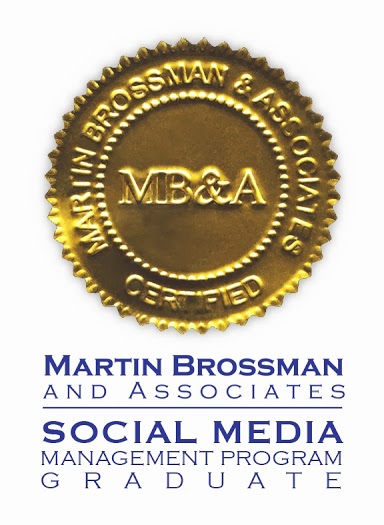(Admitted, I spend too much time on Quora, and now I’m trying to at least get some business value from that time.)

Wake Up Wednesday PM at the Pittsboro Roadhouse
Last week, I saw this question: Am I right to remove competitors from a company event?
No, dear heart, you are not right. My answer:
Keep your friends close and your enemies closer.
It is marginally ok to expel them. People will understand. You will look like a dweeb. It is not professional.
Maybe they’re looking for job, and want to work for your company. Maybe you’ll be looking for a job, and wind up working for their company. Maybe you can gain intelligence, too. If your employees are leaking secrets, you have different problems than feeding your competition at your event.
A man I knew years ago built a pool in the backyard, not really because he wanted a pool, but because he wanted his house to be the place where his kids hung out with their friends, and a pool was a good way to make that happen. You want to be the place where people gather.










Follow Us!